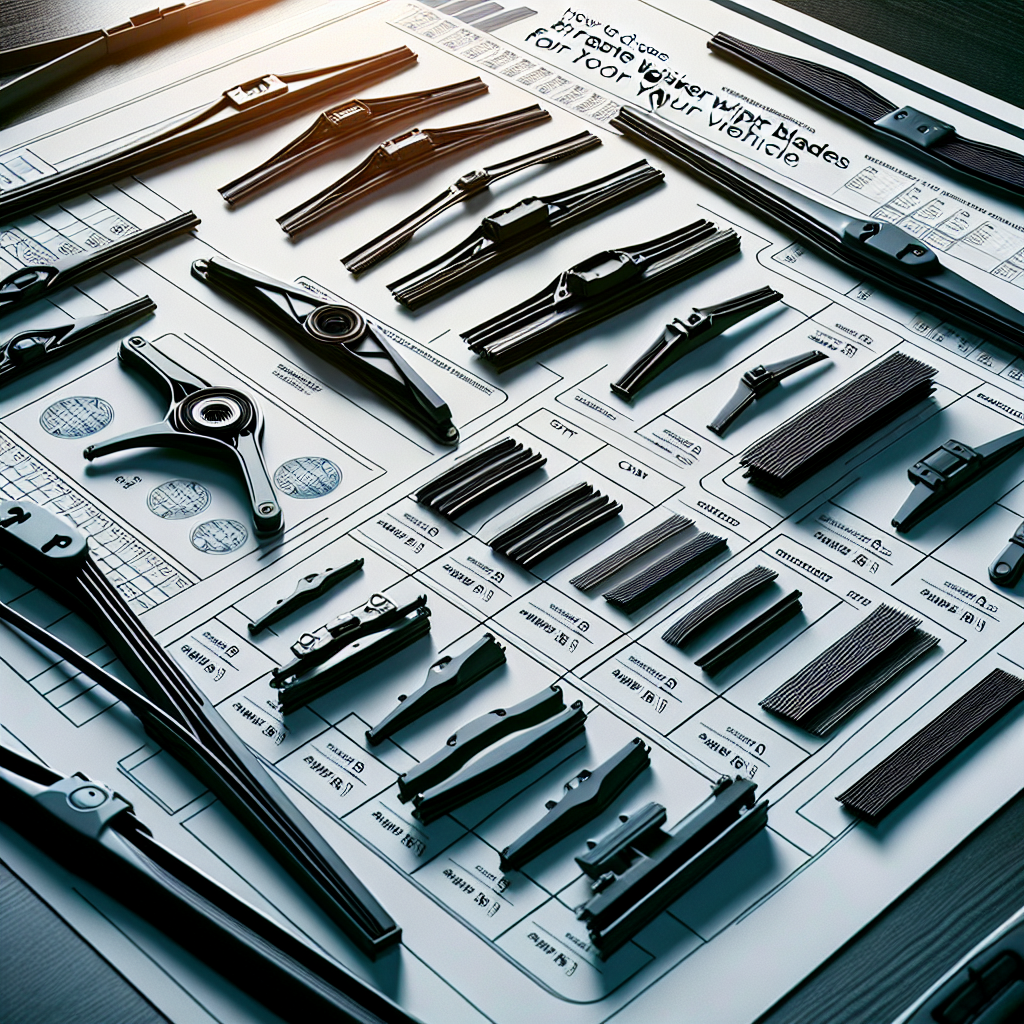When examining the evolution of the automotive industry, a tour through its European origins reveals a lineage of iconic vehicles that have not only stood the test of time but also redefined what cars could achieve in design, engineering, and performance. From luxurious sedans to groundbreaking sports cars, European automakers have consistently set benchmarks that influence the global market. This article delves into some of the most influential European cars that have shaped the automotive landscape.
The Volkswagen Beetle: The People’s Car
The Volkswagen Beetle, conceived in the late 1930s, is perhaps the most recognizable car in the world. Initially designed as an affordable and reliable vehicle for the masses, the Beetle became an emblem of the counterculture movement in the 1960s and 70s. With over 21 million units sold, its legacy persists in the design of contemporary compact cars. The Beetle’s influence extends beyond its commercial success, serving as a template for efficient, user-friendly automotive design.
The Mini Cooper: Small but Mighty
Emerging in 1959, the Mini Cooper was conceived by Sir Alec Issigonis as a compact and economical city car. Despite its small size, the Mini maximized interior space with a revolutionary transverse engine layout. It quickly became popular in racing circuits, notably winning the prestigious Monte Carlo Rally multiple times in the 1960s. Today, the Mini Cooper continues to symbolize versatility and spirited driving, making it a timeless icon in automotive history.
Mercedes-Benz 300 SL: Engineering Excellence
Launched in 1954, the Mercedes-Benz 300 SL is often hailed as the world’s first supercar. Its gullwing doors and pioneering fuel injection technology set new standards for automotive performance and luxury. The 300 SL’s 3.0-liter engine delivered unprecedented power and speed, making it a formidable presence both on racetracks and city streets. Modern supercars owe a great deal to the engineering marvels first showcased by the 300 SL.
Ferrari 250 GTO: The Pinnacle of Performance
The Ferrari 250 GTO, produced between 1962 and 1964, remains one of the most coveted collector cars in the world. Its rarity, coupled with outstanding performance capabilities, has cemented its status as a legend. The 250 GTO was originally designed to win the FIA’s Group 3 Grand Touring Car category, and win it did. Limited to just 36 units, its design and engineering prowess continue to influence modern Ferrari models.
Citroën DS: Revolutionary Design
Introduced in 1955, the Citroën DS was a tour de force of innovative automotive engineering. Its aerodynamic design, advanced suspension system, and groundbreaking technology set it apart from contemporaries. The DS was the first mass-produced car to feature disc brakes and a hydropneumatic self-leveling suspension system, which offered an unprecedented level of comfort and control. Its influence can be seen in the advanced technological features of today’s luxury vehicles.
Porsche 911: Icon of Continuity
First introduced in 1964, the Porsche 911 has become the quintessential sports car, maintaining a distinctive design philosophy while continuously innovating. The 911’s rear-engine layout and timeless silhouette have remained relatively unchanged over the decades, a testament to its successful formula. Each new iteration brings cutting-edge performance improvements, making the 911 a perennial favorite among enthusiasts and professionals alike.
Conclusion
European cars like the Volkswagen Beetle, Mini Cooper, Mercedes-Benz 300 SL, Ferrari 250 GTO, Citroën DS, and Porsche 911 have each contributed significantly to the automotive industry. These vehicles are not just modes of transport; they are symbols of innovation, performance, and cultural impact. For more information and insights on the history and development of iconic cars, explore this comprehensive automotive resource.
By examining these legends of the road, we gain a deeper appreciation for the relentless pursuit of excellence that drives the automotive industry forward.


